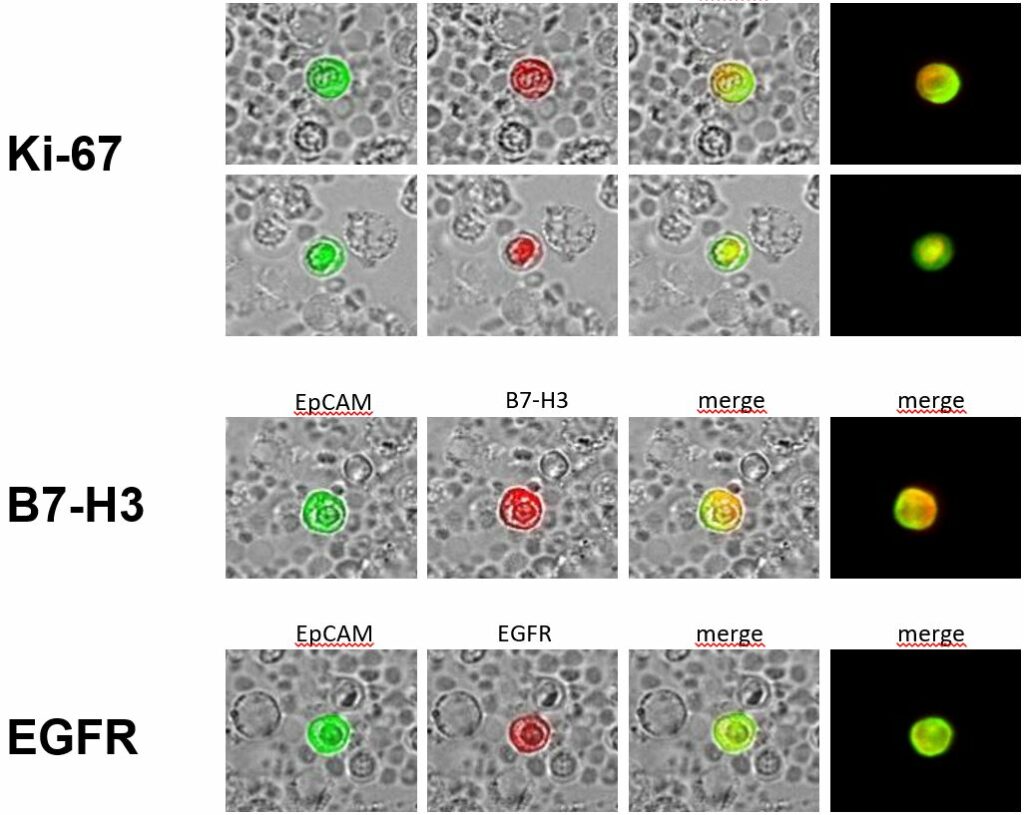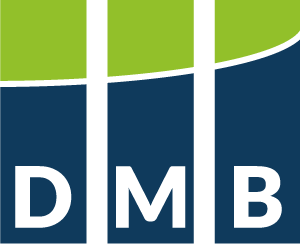Tumor cell characterization is an ideal tool for the physician to determine the best targets for your oncology treatment. In most cases, these are characteristic receptors, such as the estrogen or androgen receptors, whose function must be blocked to stop tumor growth. Without identifying targets, treatment becomes more nonspecific and may also be more ineffective. There is also a greater risk of side effects.
Tumor cell Analysis
Tumor cell characterization is ideal for specific and quantitative analysis of existing targets. It is possible to screen cells for single receptors or multiple targets for optimized tumor therapy. The result indicates how many of the CTCs found have the target molecule. If more than 50% of the cells are positive, this is already a good target for treatment. Since there are often several such target molecules, the probability of finding good drug targets is high.


Panel Analysis
A panel analysis is advantageous for the patient. Here, several of the therapy-relevant characteristics are determined simultaneously. This makes the analysis much less expensive. The table lists the combinations of certain target molecules that are typical for certain organs:

Often it is difficult for doctors to determine the real origin of the tumor, so there is also ACUP measurement (tumor of unknown origin). The result can give an idea where the tumor originally came from. This can be used to define better treatment targets. With the continuous monitoring of the tumor cell count, this is an ideal combination to keep an eye on the course of the disease and the therapy for a quick intervention.
